Project Category: Electrical
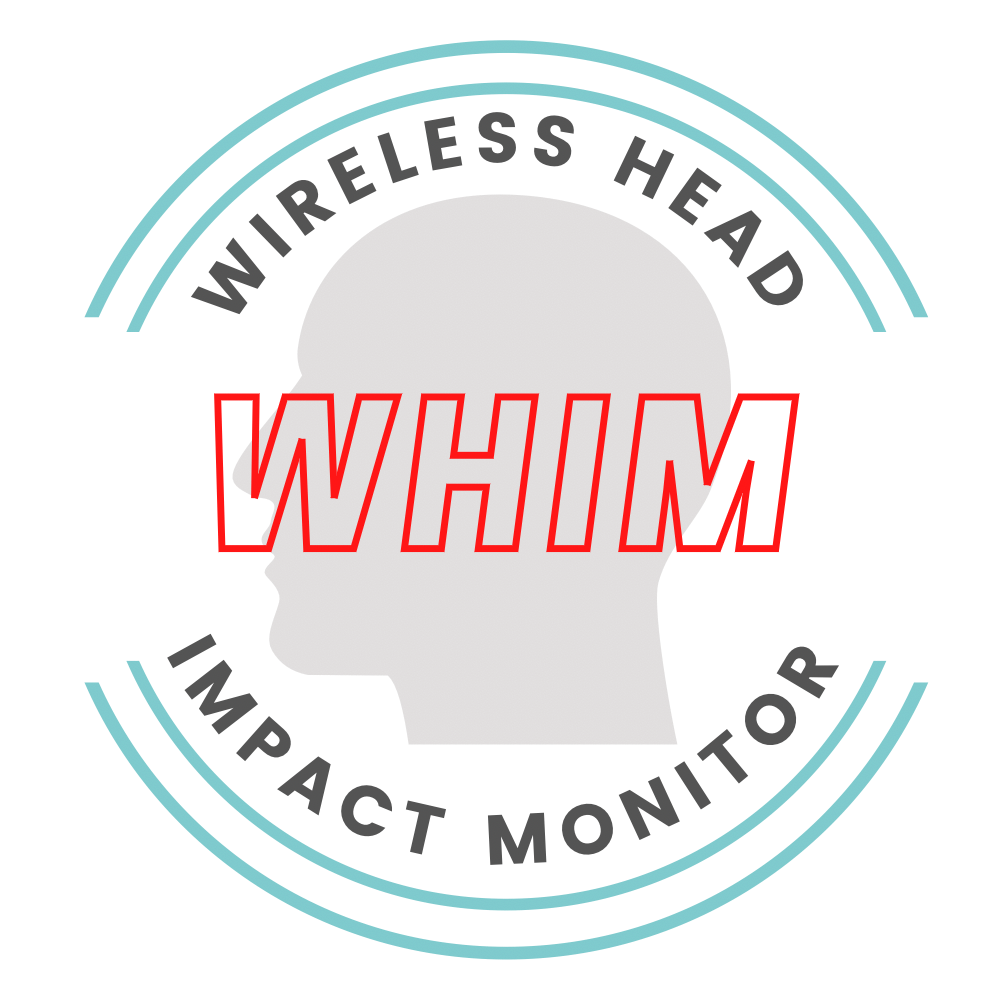

About our project



The Wireless Head Impact Monitor (WHIM) aims to help athletes and coaches recognize when head injuries have occurred in real time and wirelessly transmits data-backed assessments of impact severity to a Garmin wearable. Secured to the user’s head, the sensor analyzes acceleration data to detect impact events and assigns impact scores based on the Head Injury Criterion (HIC). These scores are transmitted to a nearby Garmin wearable using the ANT wireless communication protocol. A dedicated WHIM Connect IQ application displays the number of impact events that have occurred during the sensor’s operation, as well as the largest and most recent HIC scores. The application can communicate with up to 7 sensors simultaneously, which makes tracking multiple athletes possible on a single wearable device. The WHIM HIC scores can also be displayed within native Garmin apps for fitness activities that present a risk of head injury.
Meet our team members

Christian Lolarga
Firmware Lead & Winter PM

Nick Park
Wireless System and Fall PM

Charnjeet Gill
Wireless System Lead

Nathan Funk
Software Application Lead

Carter Shaul
Algorithm Lead

Aaron Farquharson
Hardware Integration Lead
Details about our design
WHIM uses an onboard accelerometer to track g-forces, and the Head Injury Criterion (HIC) is used to determine the severity of each impact. HIC scores are calculated using a window of time (approximately 15ms) selected to maximize the acceleration data.

WHIM data is transmitted to and displayed by a simple and informative Garmin Connect IQ app. The UI provides all the necessary metrics for an athlete, coach or medic. A single Garmin device can track the most severe and most recent impacts for multiple sensors.
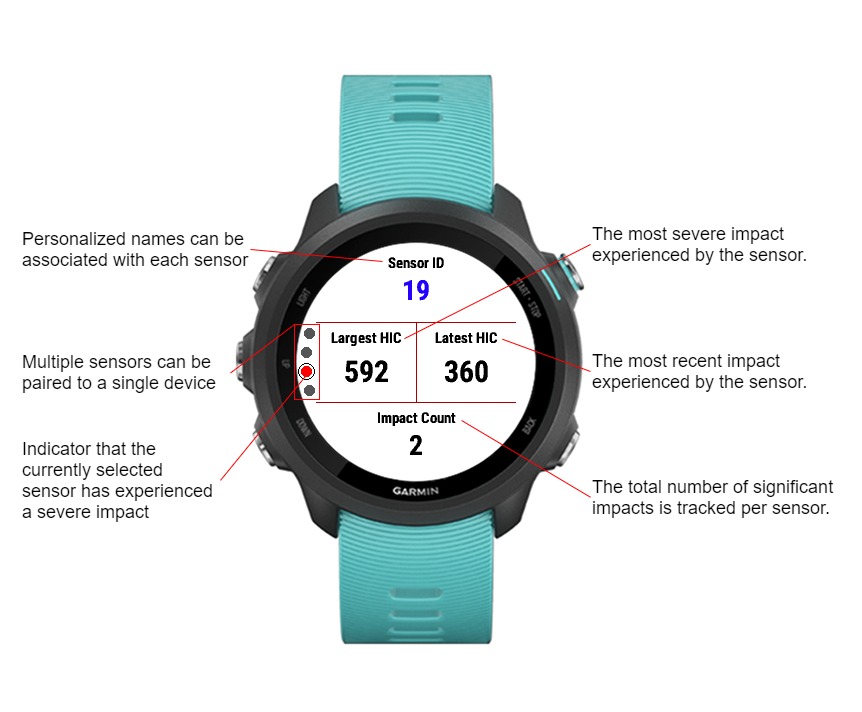
HOW OUR DESIGN ADDRESSES PRACTICAL ISSUES
The objective of this project is to reduce instances of untreated concussions for athletes involved in high impact sports or activities that present a risk of head injury. Currently there is not a widely adopted technology that alerts users of the occurrence of potential concussion-inducing impacts, leading to more frequent undiagnosed and untreated concussions.
WHIM has the potential to decrease the rate of undetected concussions in athletes by implementing a way to identify the occurrence of concussions at the time of impact. Determining that a possible concussion has occurred at the time of impact allows the diagnosis and treatment of the injury to be rapid and effective. It is important to reduce the ambiguity of head injuries in sports, which our solution will do by providing actual data to athletes and coaches.
WHAT MAKES OUR DESIGN INNOVATIVE
Our device stands out in its ability to record and transmit impact measurements to the user in real time. Currently used products acquire the data and post-analyze it, without giving any notification to the user during the activity. The importance of these impacts being caught during an activity is paramount to the health and safety of users. If users are not notified of the impact at the moment it happens, they are put at a higher risk for serious injury.
Our solution also integrates seamlessly into the Garmin wearables ecosystem. The WHIM Connect IQ application allows a Garmin watch to connect to up to seven WHIM sensors at a time. The WHIM Connect IQ data field can be added to any native Garmin activity app on a Garmin watch or bike computer, allowing the user to view data from a WHIM sensor using their existing setup.
WHAT MAKES OUR DESIGN SOLUTION EFFECTIVE
The effectiveness of WHIM is largely due to its real-time analysis of acceleration data, so user’s can always feel secure that they have the most up-to-date information. WHIM is also user-friendly and easy to pair with any Garmin smartwatch or bike computer using the Connect IQ app or data field.
HOW WE VALIDATED OUR DESIGN SOLUTION
WHIM consists of a number of components:
- The user interface of the watch application
- The wireless features of the watch application
- The wireless features of the sensor device
- The HIC algorithm in the sensor firmware
It was important to verify the functionality of each component individually. A test procedure was developed for each component to ensure its successful operation. Once all the tests met their pass criteria, a comprehensive system test was performed. The system test verified that all the components worked together and provided a means to validate the project’s functionality.
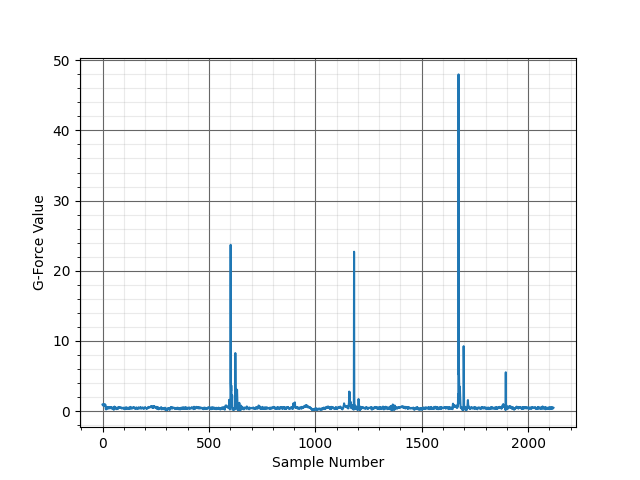
FEASIBILITY OF OUR DESIGN SOLUTION
WHIM was specifically designed to be easily implemented for practical use. Using a low power communication protocol and algorithmic real-time impact detection all packaged into a small PCB, our WHIM sensor has the ability to operate for long durations and withstand external forces during an impact.
Partners and mentors

WHIM is proudly sponsored by Garmin, who provided us with the means and equipment necessary for completing this project. Garmin delivers innovative GPS technology across diverse markets, including aviation, marine, fitness, outdoor recreation, tracking and mobile apps. With their advanced wearable sensor tech and ANT wireless communication technology, Garmin provided significant resources and insight which contributed largely to the success of the WHIM project.
We would like to thank our advisors, Chris Beckett, Dr. Svetlana Yanushkevich, and our TA Thomas Truong for their guidance and advice throughout the entire project. Special thanks to Dr. Kartikeya Murari for granting us access to a reflow oven for soldering the PCBs.
Our photo gallery
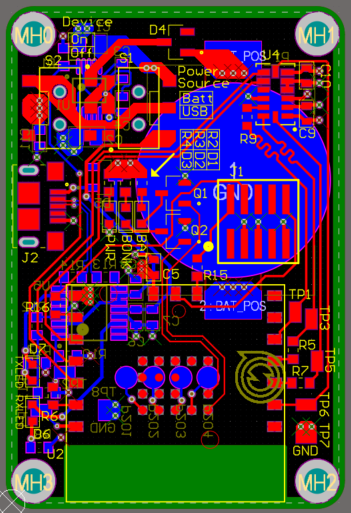
WHIM PCB Traces 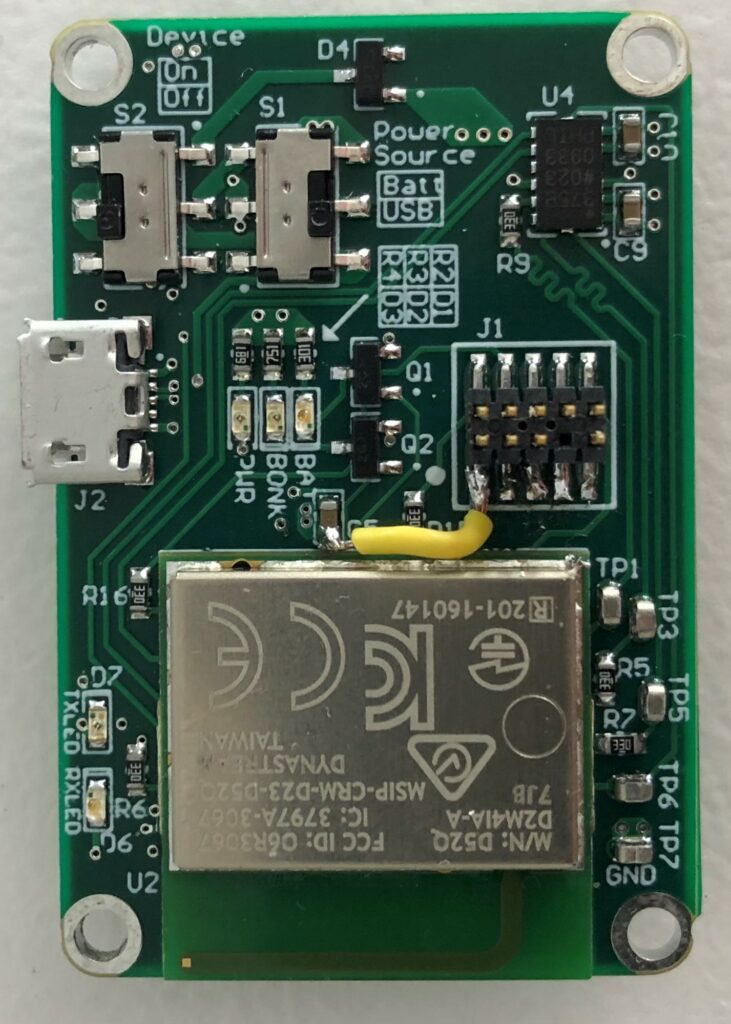
WHIM PCB Top 
WHIM PCB Bottom 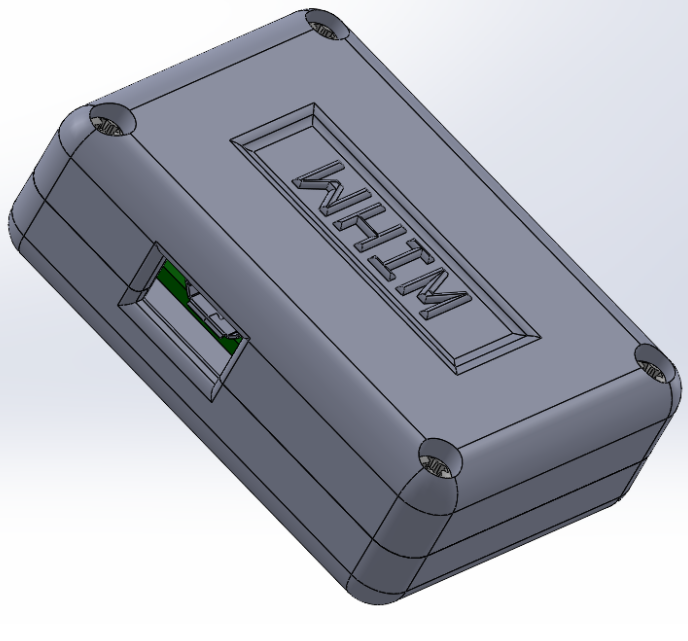
WHIM Complete Enclosure 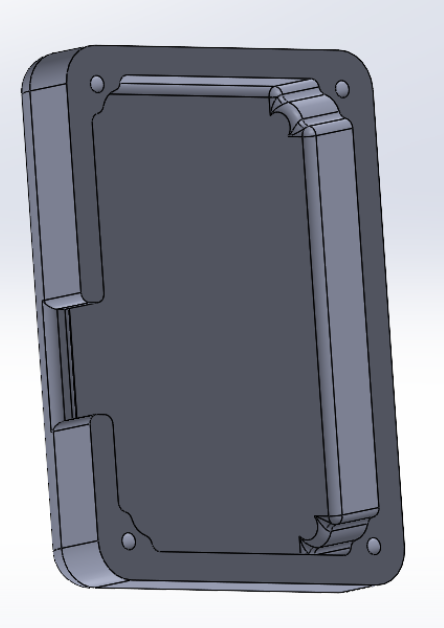
WHIM Top Piece 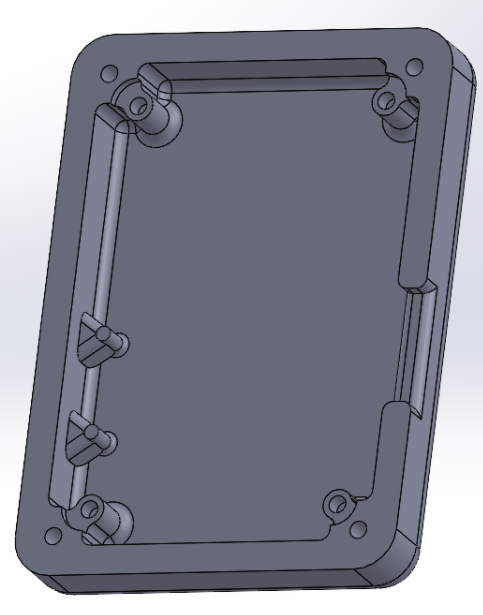
WHIM Bottom Piece
